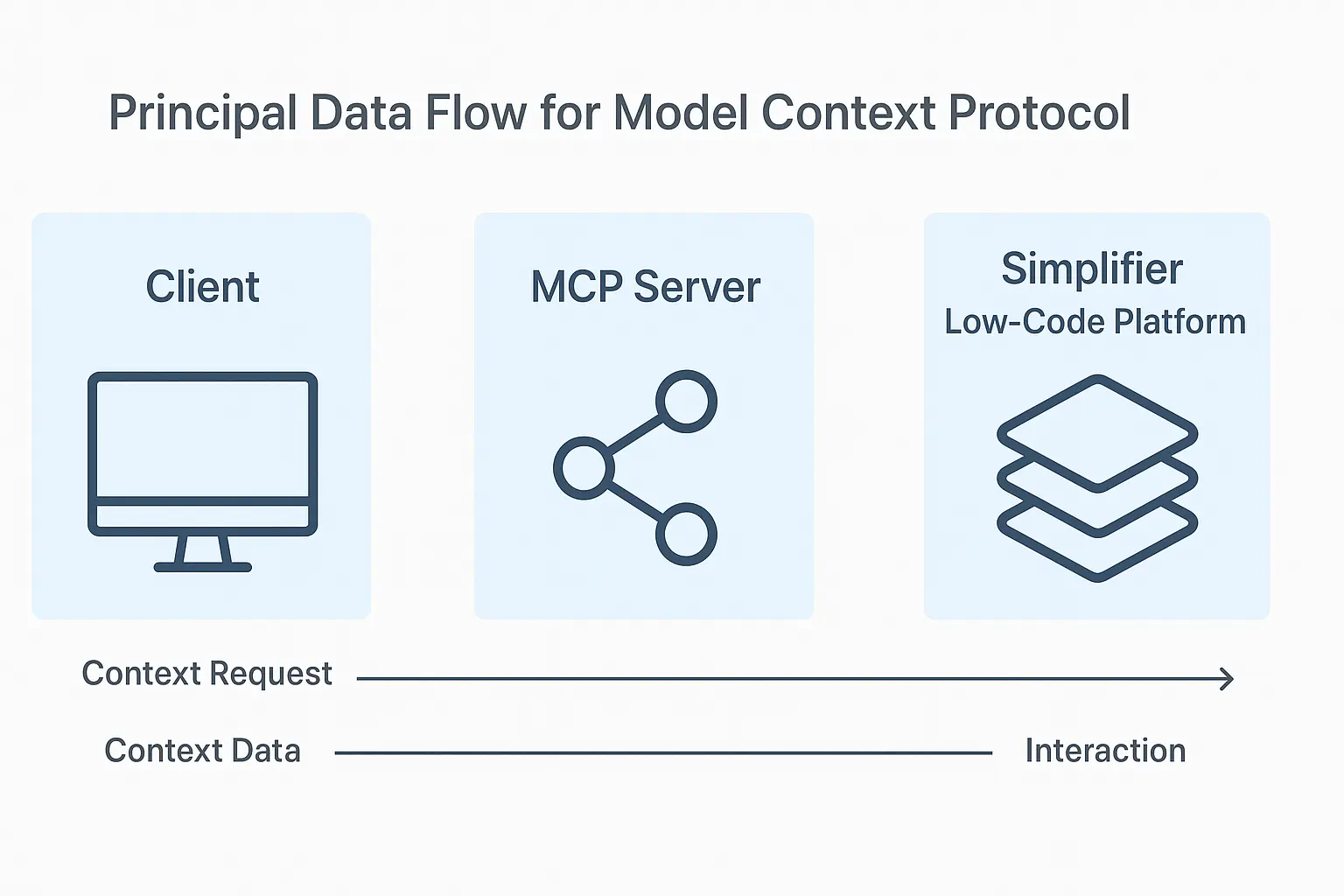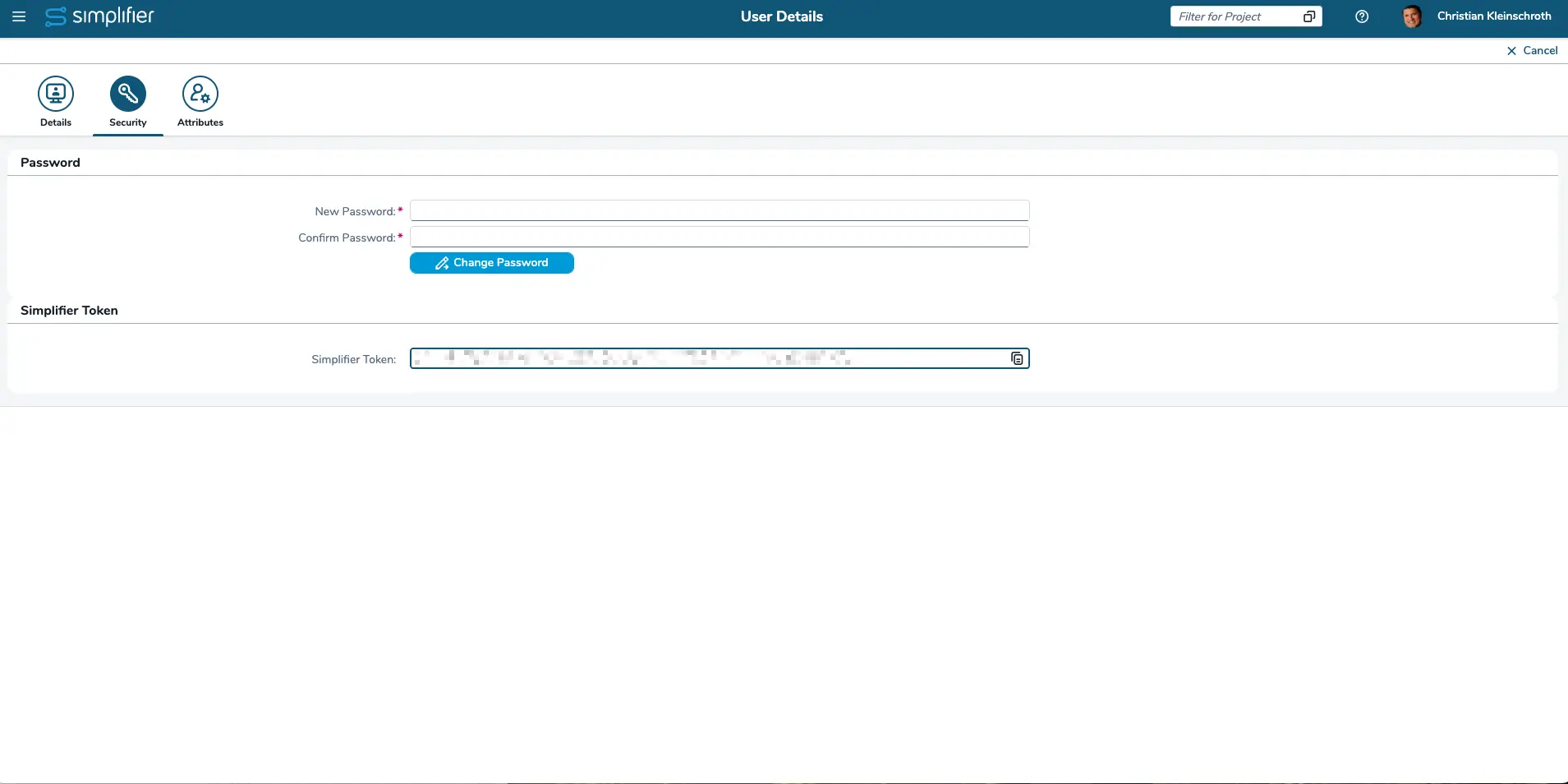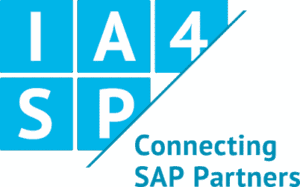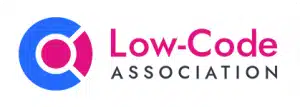What is Model Context Protocol (MCP)?
Model Context Protocol (MCP) is an open protocol that defines how external tools, data sources, and applications can integrate with AI models in a structured and standardized way. It lets models discover, query, and interact with these external capabilities through a clear schema, instead of using brittle prompt hacks. This makes AI systems more extensible, secure, and easier to maintain across different environments.
How does it work?
The AI (artificial intelligence) Model ask the MCP Server about the Services like Documents, Ressources and Tools. The MCP Server connects to Simplifier Instance and executes the AI Model Requests. MCP Server doesn’t run besides your Simplifier Instance; you have to setup it up locally or beside an AI Model.
MCP in Detail
Model Context Protocol offers three services categories to interact with an Large Language Model (LLM)
1. Tools
-
What they are: Declarative descriptions of actions or functions that a model (via the MCP client) can call.
-
Purpose: Expose capabilities of external systems in a structured way (e.g., “create a task,” “query a database,” “trigger a workflow”).
-
Behavior: Each tool includes a name, description, and a JSON schema describing its expected parameters and return structure.
-
Example: A tool called getCustomerDetails that accepts { “customerId”: “string” } and returns customer info from a CRM.
2. Documents
-
What they are: Read-only structured content that provides context to the model.
-
Purpose: Supply the model with relevant, possibly dynamic data (e.g., help articles, product descriptions, code snippets, or process definitions).
-
Behavior: The client can fetch documents from the MCP server, which indexes and exposes them in a standardized way, so the model doesn’t need to rely on scraping or brittle prompts.
-
Example: A “ProductCatalog” document that the model can reference when answering questions about available SKUs.
3. Resources
-
What they are: References to external systems, APIs, databases, or other structured data sources that tools and documents may depend on.
-
Purpose: Provide a uniform abstraction layer for where information or capabilities come from. Resources can be used by multiple tools/documents.
-
Behavior: Resources are described in a discoverable way (e.g., type, schema, location, credentials), but the model doesn’t access them directly — only through the MCP server.
-
Example: A REST API endpoint for a low-code platform, a PostgreSQL database, or a document store.
Features of Simplifier MCP
The Simplifier MCP Server allows AI assistants to interact with the Simplifier Low Code Platform to:
- Manage Connectors and Logins: Integration components that connect external systems
- Manage Business Objects: Server-side executed JavaScript functions for business logic
- Manage Data Types: Data structures for interacting with Connectors and internal objects
- Execute Business Object Functions: Run JavaScript functions with parameters and retrieve results
- Execute Connector Calls: Call external systems via Simplifier Connector
- Access platform resources: Browse connectors, business objects, and system information
For details on the supported features and connector types, see below.
Working with Login Methods
You can assign all login methods to supported connector endpoints.
In addition, OAuth, Basic Auth (Username/Password), Token, and SAP SSO login methods can also be created.
Working with REST Connectors
The MCP server supports creating and testing/executing REST connectors and calls. A prepared prompt is provided to guide you through creating a REST connector based on an OpenAPI spec or an informal API documentation (e.g., a website link).
Working with SOAP Connectors
The MCP server supports creating and testing/executing SOAP connectors and calls. A prepared prompt is provided to guide you through creating a SOAP connector using a WSDL URL. The MCP also supports retrieving the WSDL for existing connectors. This allows you to edit existing connectors.
Working with RFC Connectors
The MCP server supports creating RFC connectors and calls, as well as SAP systems. It can list the available functions in a SAP system. A prepared prompt is provided to guide users through the creation.
Working with SQL Connectors
The MCP server supports creating SQL Connectors and connector calls. It supports all modes like ‘simple’, ‘query’, ‘transaction’, … You can create connector calls by exploring the schema of a database using temporarily created connector calls.
What do I need to get it working?
You have to install the Simplifier MCP Server on your Client and run it locally, besides an AI Chat or an IDE (Integrated Development Environment) like Visual Studio Code.
The current version of Simpifier MCP is released under
https://www.npmjs.com/package/@simplifierag/simplifier-mcp
The MCP is also listed on
- modelcontextprotocol.io
- Glama.AI
- MCP.so
- Docker MCP Registry (approval pending)
and available as a Docker container (https://hub.docker.com/r/simplifierag/simplifier-mcp).
You need also
- the Simplifier Base URL like https://<mycompany>-dev.simplifier.cloud
- a valid Simplifier Token – you can find it after Logon in your User Profile
Here are some sample setup guides:













